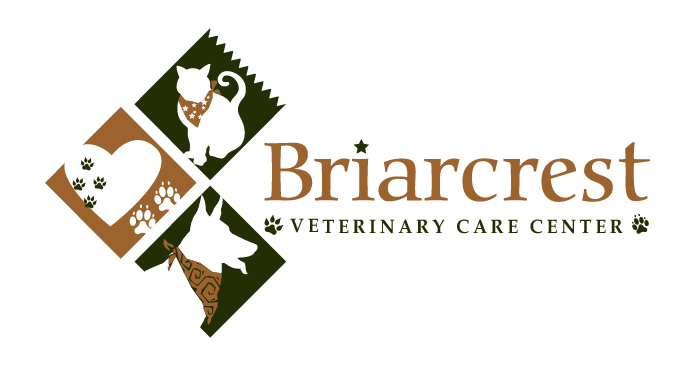Liver Disease – Fatty Liver Syndrome in Cats
What is Fatty Liver Syndrome and how does a cat get it?
Feline Fatty Liver Syndrome (FLS) is also known as feline hepatic lipidosis. This disease is unique to cats and is one of the most common liver diseases seen in cats.
"The chances of FLS occurring are greater if the cat was overweight or obese."
 Usually a cat with FLS has recently gone through a period of anorexia (little or no eating) for three to four consecutive days. The chances of FLS occurring are greater if the cat was overweight or obese before the anorexia began. When fat is broken down rapidly to supply energy and nutrients to the anorectic cat, it can overwhelm the ability of the liver to process it. This fat becomes stored in and around the liver cells, further compromising liver function. The cat usually becomes icteric or jaundiced, as evidenced by a yellow color in the whites of the eyes or in the skin. At this point, the disease will be fatal if not treated rapidly and aggressively.
Usually a cat with FLS has recently gone through a period of anorexia (little or no eating) for three to four consecutive days. The chances of FLS occurring are greater if the cat was overweight or obese before the anorexia began. When fat is broken down rapidly to supply energy and nutrients to the anorectic cat, it can overwhelm the ability of the liver to process it. This fat becomes stored in and around the liver cells, further compromising liver function. The cat usually becomes icteric or jaundiced, as evidenced by a yellow color in the whites of the eyes or in the skin. At this point, the disease will be fatal if not treated rapidly and aggressively.
How is FLS diagnosed?
Diagnosis of FLS is made from blood tests that demonstrate poor liver function and from a liver biopsy or aspirate. The latter may be performed during an exploratory surgery or by inserting a needle into the liver through the skin. The liver sample is sent to a veterinary pathologist for analysis. A cat with FLS will have a large amount of fat in and among the liver cells. Other diagnostic tests may be performed in an effort to determine why the cat originally stopped eating. If the cause for anorexia is treatable or resolved, the prognosis is reasonably good.
Is this a treatable disease?
"This disease is treatable with aggressive nutritional support until a normal appetite returns."
This disease is treatable with aggressive nutritional support until a normal appetite returns. A consistently high level of nutritional support is required for the liver to resume functioning so it may mobilize the excessive fat stores. This takes an average of six to seven weeks. Therefore, a method of feeding must be used that allows you to feed your cat at home.
How do I provide the necessary nutritional support?
A feeding tube is surgically implanted into your cat so you can syringe feed a special diet through the feeding tube into the stomach. The feeding tube may be placed into the esophagus or the stomach. Your veterinarian will determine the best one to use with your cat, depending on the particular circumstances.
© Copyright 2025 LifeLearn Inc. Used and/or modified with permission under license. This content written by LifeLearn Animal Health (LifeLearn Inc.) is licensed to this practice for the personal use of our clients. Any copying, printing or further distribution is prohibited without the express written consent of LifeLearn. This content does not contain all available information for any referenced medications and has not been reviewed by the FDA Center for Veterinary Medicine, or Health Canada Veterinary Drugs Directorate. This content may help answer commonly asked questions, but is not a substitute for medical advice, or a proper consultation and/or clinical examination of your pet by a veterinarian. Please contact your veterinarian if you have any questions or concerns about your pet’s health. Last updated on Jul 2, 2015.


